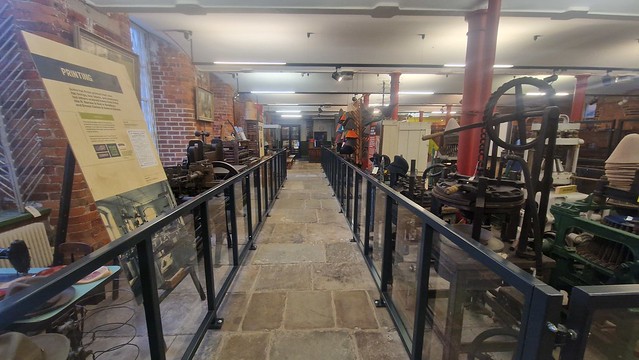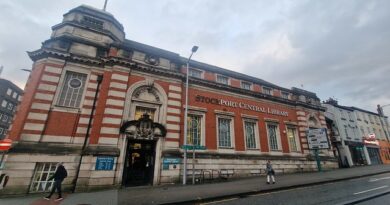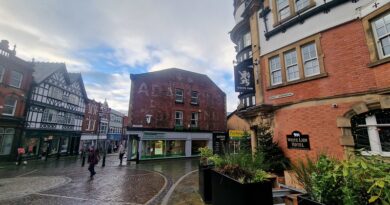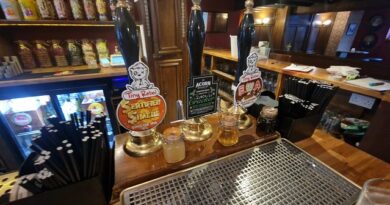Stockport : Hat Museum (Part 2)
The second part of the hat museum, or at the least the way I walked around it, is the lower floor which is where all the hat action used to take place. There’s a small museum area which visitors walk through first, to explain the importance of the industry and how it evolved.
The British Felt Hat Manufacturers’ Federation (BFHMF) was a significant organisation in the history of British hat making, particularly during the late nineteenth and much of the twentieth centuries. It served as a trade association representing the interests of felt hat manufacturers in Britain, which I suspect isn’t a huge industry today. This included both producers of wool felt and fur felt hats, attempting to deal with competition from overseas and ever changing fashion trends. It played a role in setting and maintaining quality standards for felt hat production within its membership and would have been involved in negotiations with trade unions representing workers in the hat-making industry regarding wages, working conditions and other labour issues. It lasted until 1976 when it merged with another union, which promptly closed a few years later.
There was a lot of real animal fur used, including from beavers and rabbits.
A recreation of an early hat workshop, which was known as a Bow Garret.
A bag of just under half a kilo of animal fur.
This company was from Denton, near Manchester, something of a hat making hotspot.
Injury to children was a little sub-optimal and these factories really weren’t that safe. Fur was treated with mercury before it arrived at the factory and hatters losing their hands due to accidental engagement with the machinery wasn’t entirely rare.
A planking kettle, which heated a mixture of water and sulphuric acid, which sounds just a little dangerous to me. The heat, moisture and friction caused the fibres to lock together, the hood of the hat would shrink and become thicker. The sign at the museum notes that this was the last process to be mechanised, with the kettle still being used to train apprentices in the 1950s.
This is the main part of the museum, the floor where tens of thousands of hats were made.
Rather an impressive collection, this is from William Plant & Sons who were hat block manufacturers set up in 1828 and the last surviving in their industry in the North of England. They closed in 1976 and the contents of their workshop and museum were removed and donated to Stockport Museums.
The former office of William Plant & Sons.
A collection of machines and hat making equipment.
The main floor of the factory.
A sign for Christy & Co Ltd, located at 175 Bermondsey Street in London. They had been founded in 1773 by Miller Christy and their main factory was located in Stockport. The company still exists today, although they’ve now moved to Luton. As a fun fact, the only two football teams with the nickname the Hatters are Stockport County and Luton Town.
As noted on this sign, much of the industry has now shifted to China.
A punching machine from Doran Manufacturing.
A hat rack with a Billycock hat, designed specifically to sell to plantation owners in the West Indies and America.
Some of the equipment was quite chunky…..
A settler, which firmed up the felt so that it held together during the next process.
A multi-roller which is where the hoods were rolled into and they mixed with boiling water and acid, shrinking the hat slightly every time on its 28 passes through. They couldn’t do this in one go as there would be creasing to the felt hat.
A stumper.
Hat signs.
The factory floor is the bottom one, although the new entrance to the museum is on the main road. My visit to the museum lasted around forty minutes, but it was an interesting one and as I mentioned in my last post, it’s a really positive thing that this has been preserved. A hat museum in Stockport is going to be a challenge to get people to, but they offer tours to build engagement and there’s a shop at the site. The museum first opened in 2000, it’s at Wellington Mill (built in 1830) and it’s where the Battersby Hat Factory operated from. It’s definitely worth a visit and it’s located near the railway station.



























